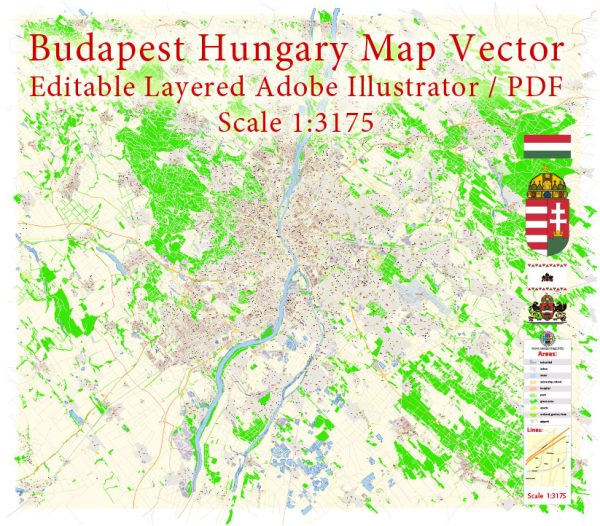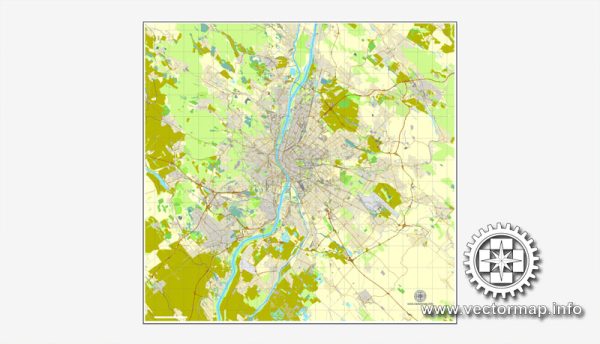Budapest, the capital of Hungary, has a rich history of urban development that spans over a thousand years. The city’s history is closely tied to the strategic location of the Danube River, which has played a crucial role in its growth and development. Here is an overview of Budapest’s history of urban development:
- Ancient Origins: The area that is now Budapest has been inhabited since ancient times. The Celts were among the first known settlers in the region. The Romans established the town of Aquincum around 41 AD, which later became an important administrative and military center in the Roman province of Pannonia. The remains of Aquincum can still be visited today, and they provide valuable insights into the city’s early history.
- Medieval Period: After the fall of the Roman Empire, the area went through various changes of rulers and names. In the Middle Ages, it was part of the Kingdom of Hungary. Buda and Pest, the two distinct settlements that would later become Budapest, were founded in the 13th century. Buda, situated on the western side of the Danube, and Pest, on the eastern side, developed independently and often experienced conflict and power struggles.
- Ottoman and Habsburg Rule: Budapest fell under Ottoman rule in the 16th century and was an important Ottoman provincial center for over a century. The Habsburgs eventually reconquered the city in the late 17th century, leading to a period of Baroque and Rococo architectural development.
- 19th Century: The 19th century was a significant period in the city’s history. In 1849, Buda, Pest, and Óbuda (Old Buda) were officially merged into one city, named Budapest. During this century, Budapest underwent a substantial transformation into a modern, cosmopolitan city. The construction of the Chain Bridge in 1849, which connected Buda and Pest, played a pivotal role in unifying the two parts of the city.
- Golden Age of Architecture: The late 19th and early 20th centuries saw a flourishing of architectural styles in Budapest. The city became known as the “Paris of the East” due to its elegant architecture and cultural life. Prominent architects like Miklós Ybl, Imre Steindl, and Ödön Lechner left their mark on the city with buildings like the Hungarian Parliament, St. Stephen’s Basilica, and numerous Art Nouveau structures.
- World War II and Communist Era: Budapest suffered extensive damage during World War II, especially during the Siege of Budapest in 1944-45. After the war, Hungary fell under communist rule, and Budapest experienced significant urban development and modernization, often with an emphasis on utilitarian architecture.
- Post-Communist Era: After the fall of communism in 1989, Budapest began a process of revitalization and redevelopment. The city embraced democracy and capitalism, leading to a wave of new construction and the restoration of historic landmarks.
- Contemporary Budapest: Today, Budapest is a vibrant European capital known for its blend of historical and modern architecture, thermal baths, and a thriving cultural scene. The city’s historic districts, such as Buda Castle and the banks of the Danube, are recognized as UNESCO World Heritage Sites.
Budapest’s history of urban development is a testament to its resilience, adaptability, and the various influences that have shaped it over the centuries. The city’s unique blend of historical and contemporary elements makes it a fascinating and dynamic place to explore.



 Author: Kirill Shrayber, Ph.D.
Author: Kirill Shrayber, Ph.D.